Baby Clothes Seem Simple Enough—They’re All Pretty Adorable
No matter what age, clothing should be comfortable. Think about wearing a sweater that’s just a bit too snug, pants that dig a little into your sides, or socks that itch your ankles. Not having a great time, are we? It’s even more uncomfortable for your little one who can’t express how tight or itchy their outfit is. Remember—comfort is key.
Additionally, be careful about buying clothes that are too big for the baby and dressing them too early. Clothing that is too big can become dangerous—especially sleepwear. Too large garments can swallow and tangle, leaving a risk of suffocation. It’s understandable to think that a big piece equates to something that will last longer, something that they can grow into. This is true! But just be sure nothing is looking too loose or baggy to avoid the added risk.
Newborn

Babies grow incredibly quickly when they’re newborns. After the first few weeks, a newborn has likely outgrown many of their initial pieces. Average newborn clothing items are made to fit 5 to 7-pound infants. These are the pieces you’ll want to consider for a little wardrobe:
- Onesies
- Bodysuits
- T-Shirt (with button sides)
- Long pants
- Socks
- Booties
Considering your little baby will be growing like a weed, consider how many pieces you want to invest in for the newborn. Rather than spending a lot of money on brand new pieces, request hand-me-down options from close friends and family. People love to see another baby wearing a sweet piece from their child’s earliest days. And don’t forget that shopping second hand is not only better for the environment—it’s a great way to go easy on your wallet.
One Month To Three Months:
Around two and a half months to three, babies can begin filling out and growing up—which means that they’re ready to move into larger sizes! Weight is a pretty strong indicator of what might fit just right. Babies as small as 9 pounds to babies weighing in at 12 pounds tend to fall in this size range. When it comes to the overall fit, you want to consider inch measurements as well.
When receiving clothing as gifts during this time, don’t be afraid to size up (again, always being mindful that the pajamas aren’t too big.) Depending on the quality of clothing, you can expect inexpensive materials to shrink as they’re washed over time (and there will be a lot of washing!) Shopping sustainable products, especially those made with recycled fabrics, hold up much better and stand against the test of time—as well as the washer and dryer. Cotton, especially recycled cotton, is notoriously hard to shrink and holds up well for all ages.
Three To Six Months:
From three to six months, you can predict that your baby will grow in the 12.5-17 pound range. This is a great time to have some pieces that are sized a bit bigger because some parents swear their child grows overnight. There are a few good ways to make sure your baby’s clothes aren’t getting too tight:
- Roll up the sleeves and observe circulation.
- The belly is popping out.
- Check for lines of indention and irritation where the waistband sits.
- Buttons are taut or popping.
If clothing is running small, time to pass ‘em down.
Six To Nine Months:
Babies can be expected to weigh 17-20.5 by this age and measure at 26-28 inches. You might be wanting to dress your baby in some easily accessible clothing. We love buttons and zippers that are ingeniously designed from plastics—like water bottles. Pieces that snap or zip down the front make for easy dressing and changing.
Nine To Twelve Months:
Where has the time gone? By now, your baby is growing and exploring more and more every single day. Your baby will likely weigh between 21-23 pounds and be 28-30 inches long. At this point, they might even be walking! You’ll want clothing that is durable yet flexible, soft, and simple.
When having your baby shower (if you have a baby shower), something wise to consider is adding older-aged clothing into the registry. Time flies by when the baby is growing, and the last thing you want to do is be surprised when all of a sudden, your flower has bloomed! Keeping 9-12 month sizes tucked away for later is a great plan.
Go With What Works Best
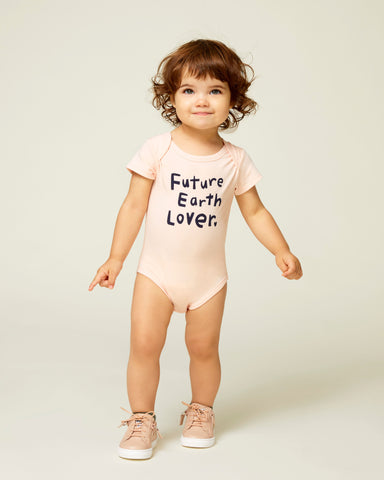
If you’re concerned about your baby’s weight—like if they’re not quite fitting into their age/size range—be sure to check with your pediatrician. But also—don’t worry. Just like adults, babies are unique and come in all shapes and sizes. Some hit growth spurts early, some late, some carry some chub while others are tiny! Enjoy this time, disregard the standard, and style your babe in whatever fits best!
In conclusion, the best rule of thumb is to go by what fits. Just like adult clothing, all brands adhere to a different sizing scale. If you purchase something and it’s a bit too big, your baby will soon fit into it anyway. Always be sure to check a brand’s sizing indicator, as size charts tend to fluctuate from brand to brand.
When you’re ready to add new pieces to your baby’s wardrobe, Mon Coeur is here to keep your baby cozy, cute, comfortable—all dressed in an ensemble you can feel good about, made to last for a long, long time.

Sources:
https://community.babycentre.co.uk/post/a28591511/how_do_you_know_if_clothes_are_too_small
https://www.care.com/c/stories/4513/baby-clothes-sizes-solving-the-mystery/
https://www.sizeguide.net/size-guide-children-size-chart.html
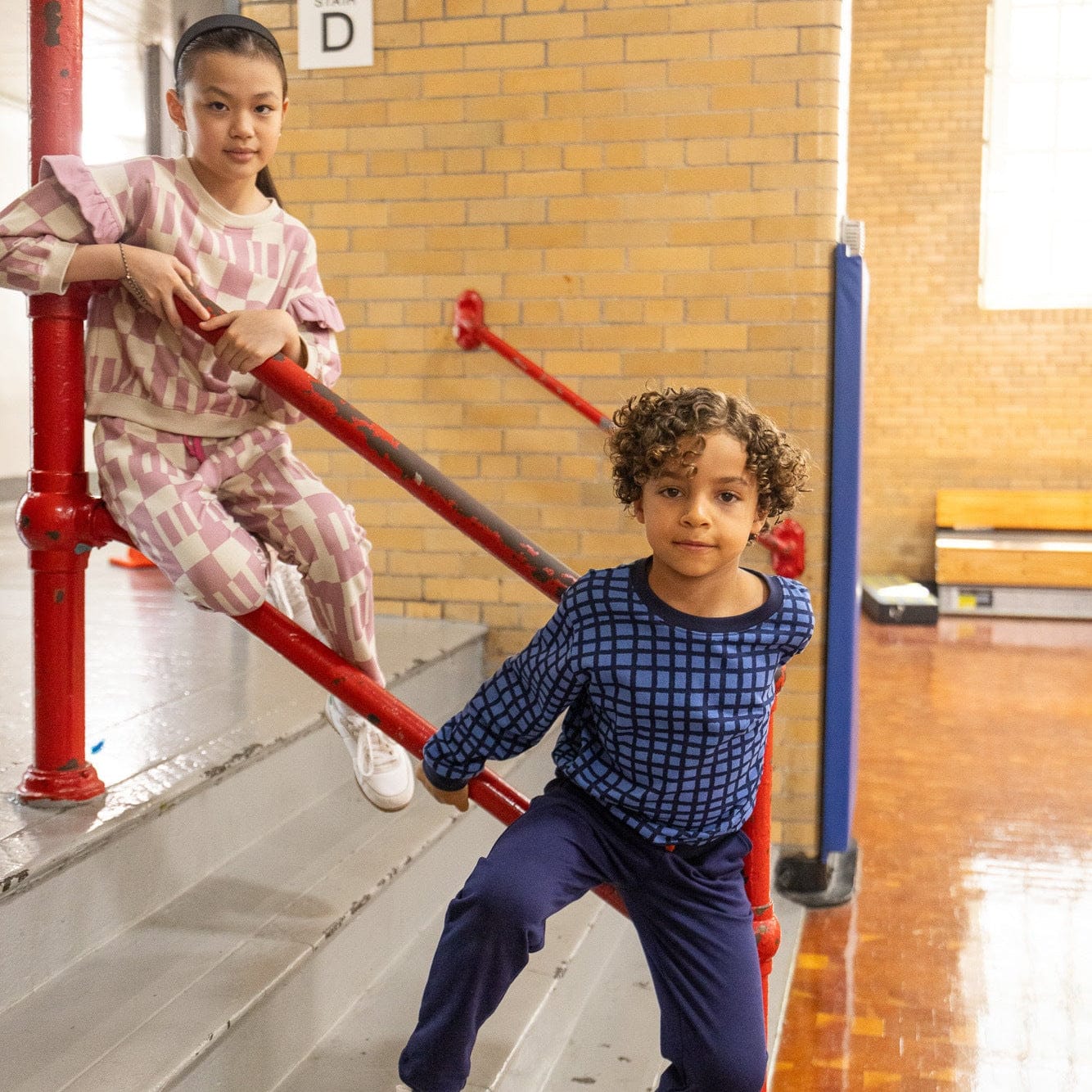
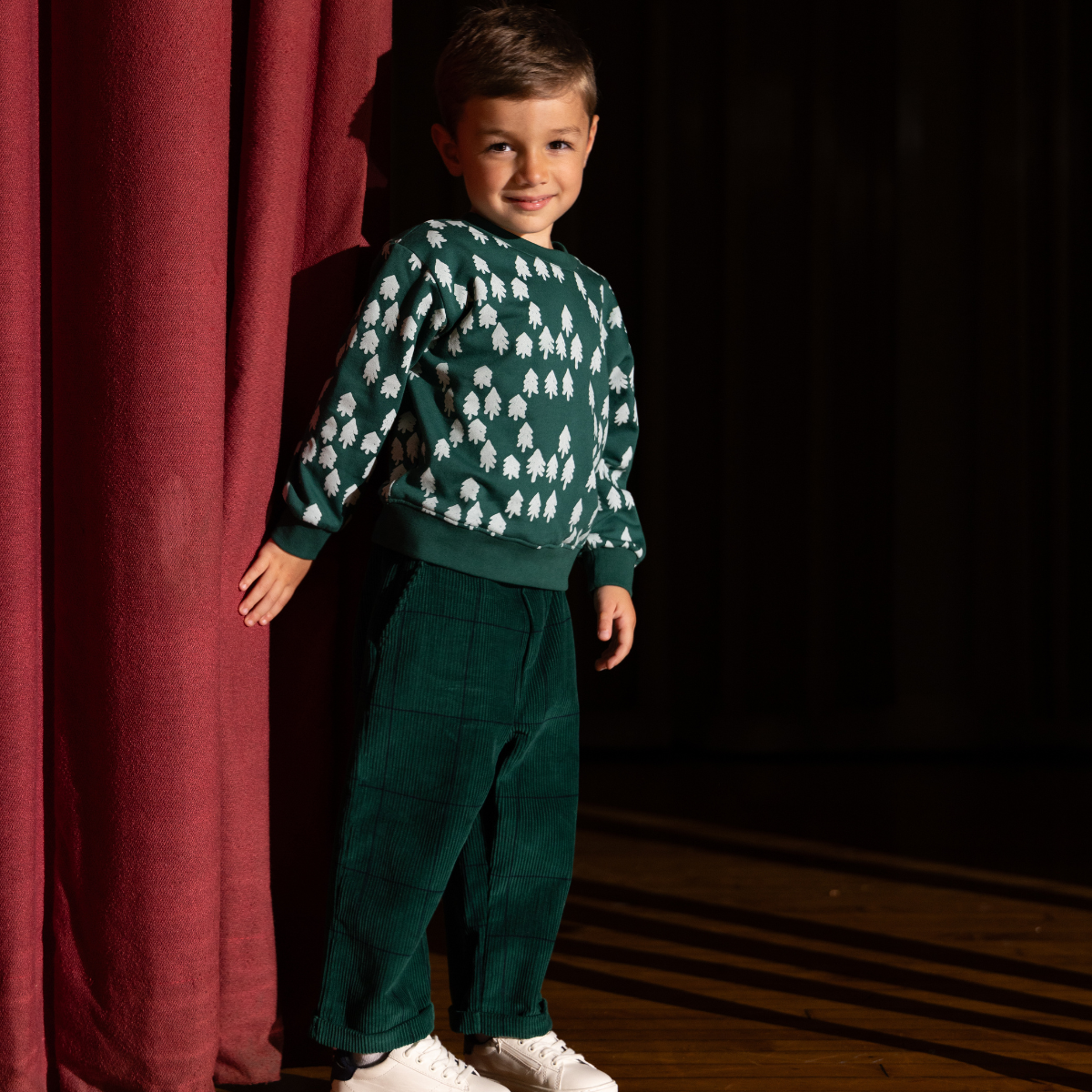
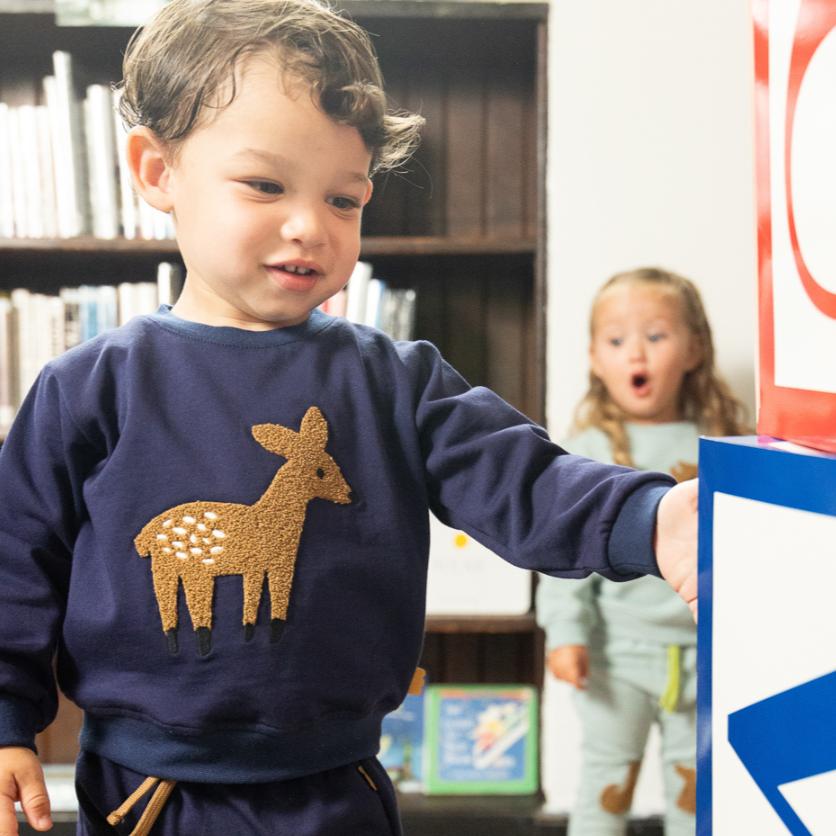


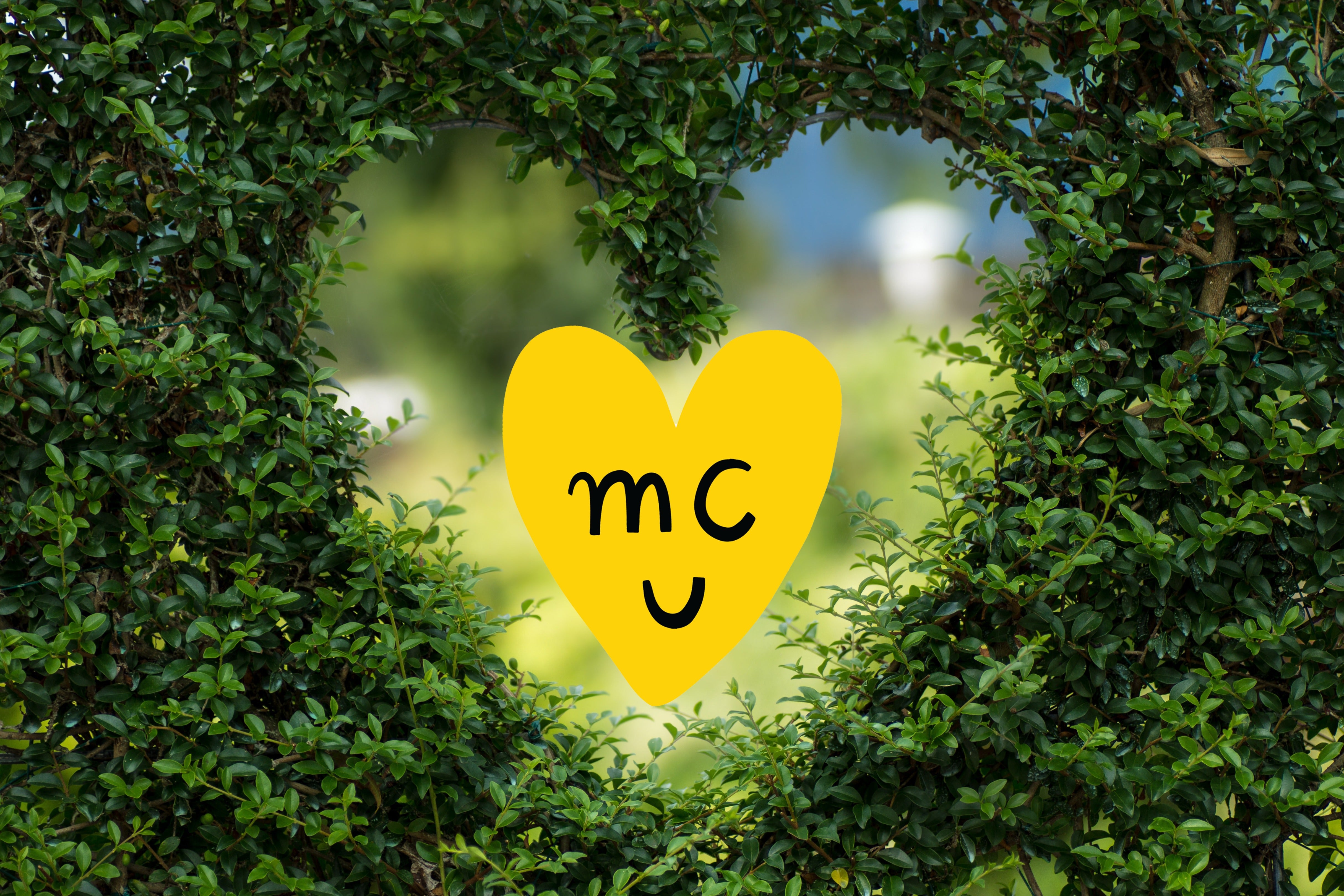

Leave a comment
This site is protected by hCaptcha and the hCaptcha Privacy Policy and Terms of Service apply.